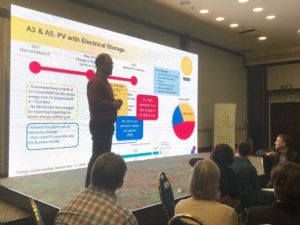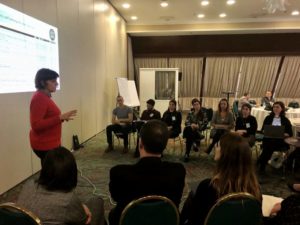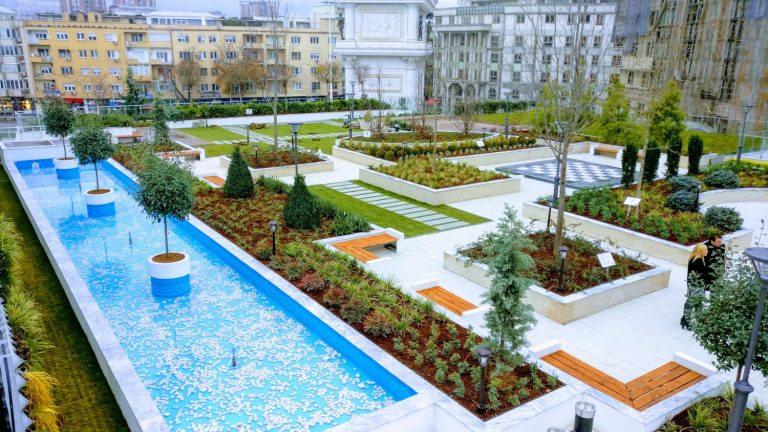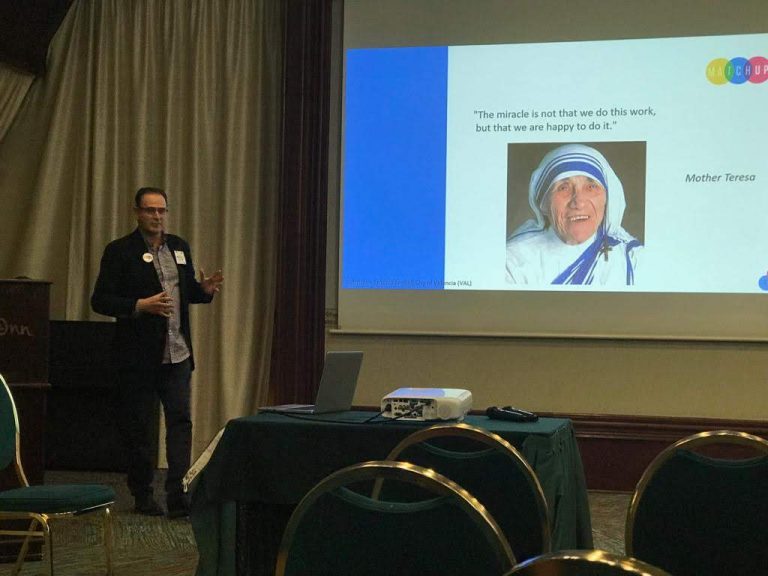Category: IoT
Valencia MAtchUP: Energy consumption
IoT In 2020: 5 Things You Need To Know
The IoT will improve your holidays
Maybe it’s just a matter of days before you close your laptop and drive to the airport or maybe there are still a few days to go before you can say “Goodbye everyone, see you when I’m back!”. In either case, you have long been waiting for your. Hotel chains, airlines, museums and restaurants are taking advantage of modern technologies to make sure their guests enjoy unique experiences. No doubt, the technology that’s currently having the biggest impact on the travel and hospitality sectors is the Internet of Things, i.e. a newtwork of wifi connected devices infusing connectivity into everyday objects and enabling users to manage them at a distance.
Here are different ways the IoT will contribute to making your holiday a unique experience.
- Luggage Tracking
The Bluesmart suitcase has a built-in GPS chip that lets you track it anywhere in the world, so you don’t need to worry about your luggage going missing anymore. It’s controlled by a smartphone app, which is great as long as your phone doesn’t run out of battery.
Other option is the use of Urban Tracker, recently, major brands and luggage retailers have started to implement luggage tracking systems into their products.
- The information you need on your smartphone
Beacons technology allows businesses, as well as town councils and tourist centres, to send tailored information to travellers and help them find their way to the nearest museum, hotel or store.
- Leave the concerns at home with chatbots
Thanks to Chatbots, we might never know. Chatbots(also known as Talkbots or Bots) are voice-activated, smart and easy to use applications making all human-to-machine interactions (HMI) much faster and speeding up daily-life tasks. Installed on smartphones and mobile devices, chatbots enable users to activate and operate connected devices at a distance. Chatbots allow users to perform their every day tasks and take care of their home, wherever they are in the world.
- A connected SD card
Mobi have created a great solution for transferring photos from one device to another – an SD card with built in WiFi, which you can connect to an app on your smart device. The Eyefi Mobi SD card functions like a regular SDHC card, works on most cameras and thanks to the built-in WiFi, it pairs your camera to your phone, tablet or laptop where the images appear instantly.
- A smart bikini
The Neviano UV Connect smart bikini includes a built-in UV sensor that connects to an app on your smartphone. The app can tell you when you’ve been in the sun for too long, allowing you to take a break. It even allows you to send a message to a partner or friend to let them know they need to reapply sunscreen.
- An intelligent umbrella
Wezzoo’s smart umbrella – Oombrella, will make sure you never step out into the rain unprepared again. It comes with a little capsule attached to the end of the handle, which has four sensors to measure temperature, humidity, air pressure and sunlight. The sensors communicate with your phone via Bluetooth and will send you an alert if it’s going to rain.
Enjoy your holidays!
Industrial Internet of Things (IIoT)
The industrial internet of things (IIoT), also known as Industry 4.0 is the use of smart sensors and actuators to enhance manufacturing and industrial processes. While IoT focuses on consumer usage, IIoT is used for industrial purpose.
One of the top touted benefits the industrial internet of things affords businesses is predictive maintenance. IoT can greatly improve your operational efficiency while reducing overhead costs, many decision-makers have questions about the available technology, how to introduce it and how it can benefit their business.
Here are some of the most common IIoT questions:
1. What’s a Smart Building?
2. What Are Best Practices for Introducing Smart Buildings?
3. Why Is Lighting a Key Part of IIoT?
4. How Do I Use the Data Generated From IIoT Devices?
5. Can My Business Afford to Implement an IIoT System?
To answer this questions click here.








